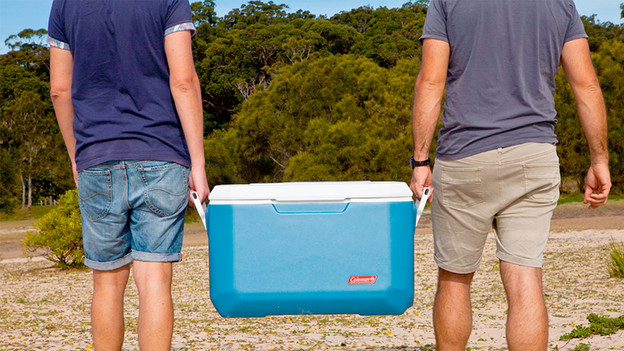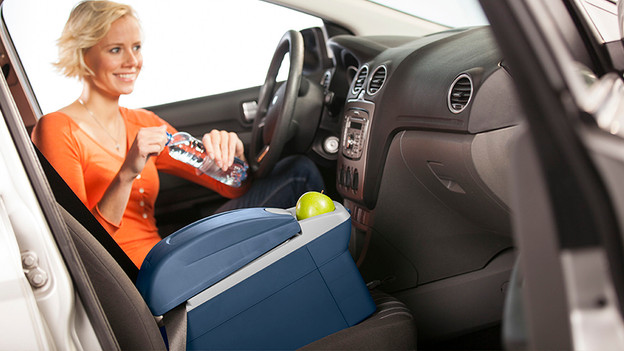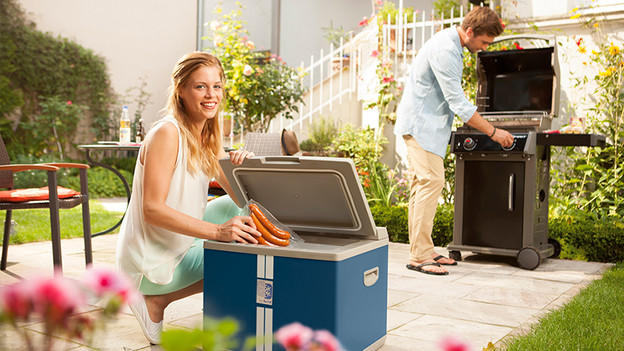
Written by Julie
Edited on
7 May 2024
·
11:44
What types of coolers are there?
There are different types of coolers. There are passive, thermoelectric, absorption, and compressor coolers. These types may sound complicated, but they're not. In this article, we'll discuss the features of each type of cooler. This way, you'll know which type of cooler suits you best right away.

Passive cooler
A passive cooler doesn't cool automatically. You use this cooler in combination with separate cooling blocks. That's useful when you don't have a power outlet nearby, such as at the beach.
- Light weight.
- Noiseless.
- Affordable.
- Limited space for bottles and food.
- Dependent on the ambient temperature.

Thermoelectric cooler
You can use a thermoelectric cooler in the car or truck, because it usually runs on 12 or 24V. You can also use some coolers at 230V, if you have a converter. Make sure that the products in the thermoelectric cooler are already a bit colder. Since the cooler cools up to 20°C compared to the outside temperature, you won't get an ice-cold bottle from the cooler at tropical temperatures.
- It's lightweight.
- It's usually affordable.
- The cooler isn't silent.

Absorption cooler
You use the absorption cooler wherever you want. It uses different energy sources. It uses 12V, 24V, 230V, or gas. Always keep the back free so the warm air can escape from the cooler. You should also always place it on a flat surface. An absorption cooler cools itself up to 25°C compared to the ambient temperature, without cooling elements.
- It makes little noise.
- Cools itself to 25°C compared to the ambient temperature without cooling elements.
- Power consumption is relatively high.

Compressor cooler
You use a compressor cooler in the car, truck, or caravan. The cooler runs on 12, 24, or 230 volts. The cooler cools itself (without cooling elements) at a constant temperature. After all, the ambient temperature has no influence on the temperature in the cooler. The compressor cooler cools and freezes.
- Independent of the ambient temperature.
- Freezes.
- Relatively low power consumption.
- Sound is audible.
- More expensive.
